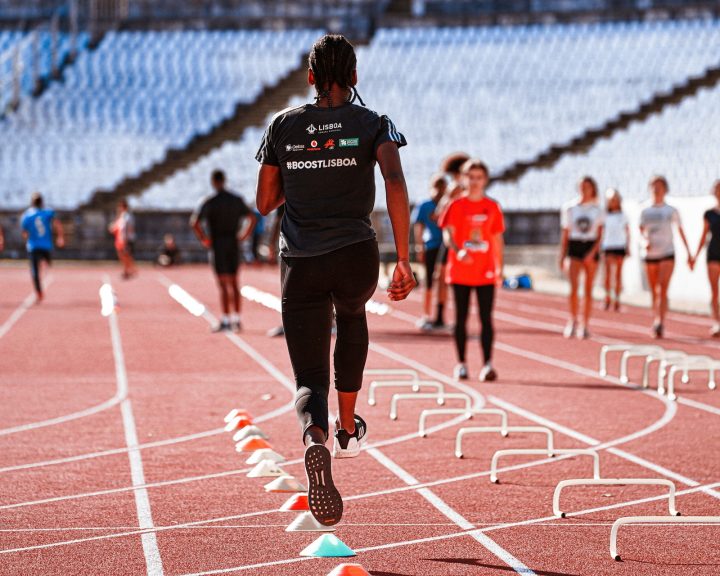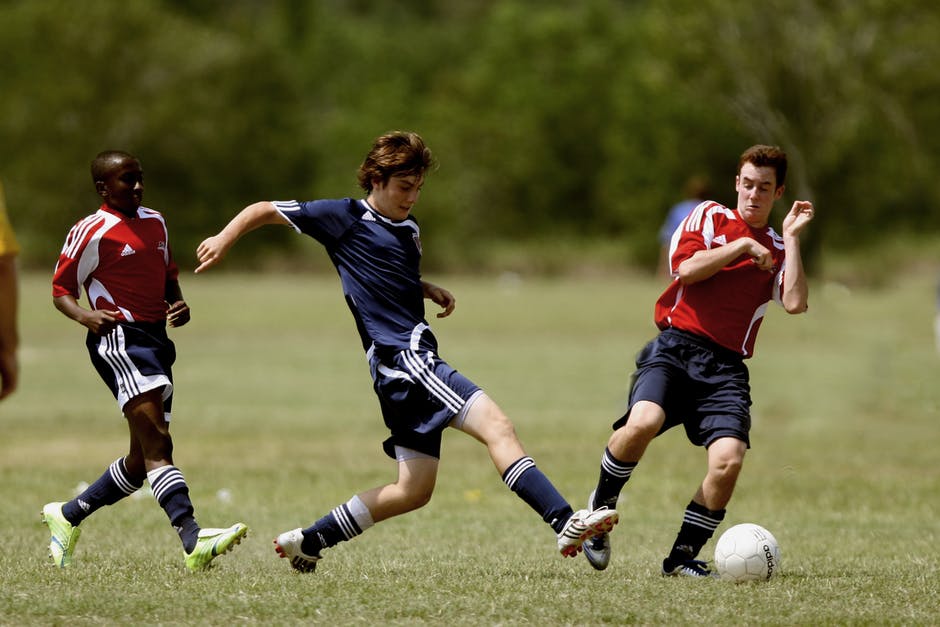Legendary coach Peter Fortune wrote an excellent article on the 400m event in the April issue of Modern Athlete and Coach. To me this is an extremely important article for anyone that coaches this event or that works with athletes who compete in this event. The article is divided into several sections including looking at energy systems and the 400, psychological factors, technique, race planning, and program design.
The author begins by making observations of characteristics that successful 400 meter runners share. There are things that you’d expect like mental strength, ambition, and the ability to withstand the training sessions. Coach Fortune puts a great deal of emphasis on anaerobic abilities and technique. What is interesting is that aerobic energy system development is not one of the characteristics that successful 400 meter runners share.
Coach Fortune discusses the aerobic contribution to the 400 meter. This is an interesting topic because I’ve read literature that places the majority of the race being supplied by the aerobic energy system to only some of the race. The author notes that depending upon the study that it might be between 18-70%. Coach Fortune addresses this topic by noting a few things: first, how an athlete runs in a study and how they run in a race may be different. Second, it depends upon where in the race the measurements are taking place (i.e. the first part of the race is anaerobic). Third, female runners may be more aerobically inclined than males. Fourth, there are “sprint” types and “endurance” types
In U.S. Track and Field Coaches Education, the approach is to treat the 400 as a sprint. In other words, the focus is on training with distances under 400 meters in length. Coach Fortune notes that both anaerobic and the aerobic training is going to be important for the 400.
The article discusses technique and how to run the race. One of the things I found interesting is that the coach recommends focusing on frontside mechanics, with little focus on backside. He also feels that the best 400 meter runners run the second 200 meters of the race somewhat faster than the first 200 meters, then he presents several tables to prove his point.
Coach Fortune concludes the article by discussing various training approaches (extensive tempo, intensive tempo, long to short, short to long, etc.). He feels that there is a need to have a high cruising speed, ability to maintain running form, ability to operate under increasing acidosis, and focusing on a short to long sprint programming approach. Now this last point (short to long) is my opinion after reading his pro’s and cons. You’ll have to read the article for yourself and draw your own conclusions!
Fortune, P. (2014). The 40m event: Theory and training. Modern Athlete and Coach, 52(2): 18-24.



